An alluring tapestry of sunlight
Draws one out despite the sultry air
All while the shadows relinquish their hold
Slowly, as the morning glow dissipates
My focus shifts to the painterly scene
A garden of flowering plants creates
Fragile petals soft as a forest stream
Swirling fragrance, seemingly from a dream
I don’t have the artistry to requite
The simple delight in a flower,
Or light, for that matter
https://cals.cornell.edu/weed-science/weed-identification/bindweed-identification https://kingcounty.gov/en/legacy/services/environment/animals-and-plants/noxious-weeds/weedidentification/hedge-bindweed https://kingcounty.gov/en/legacy/services/environment/animals-and-plants/noxious-weeds/weedidentification/field-bindweed.aspx
I don’t know what I’m talking about, but the above sources seem ok. It is a shame that these choke out other plants.

| I saved some of the rose cuttings from weeding in the garden, took them home, and now I’m running a little experiment. A few are in a jar of water, a few planted in the ground, and a few planted in potatoes and pots. These were all different methods I found online for propagating roses. I’m expecting them all to die for various reasons, but hey, ya never know. I thought of keeping a log but it ended up looking like this: Day 1- they’ve all been potted, planted and put in a jar Day 2- still there Day 3- no changes Day 4- yup still rose cuttings So I think I’ll just wait until there’s a change to record. |

















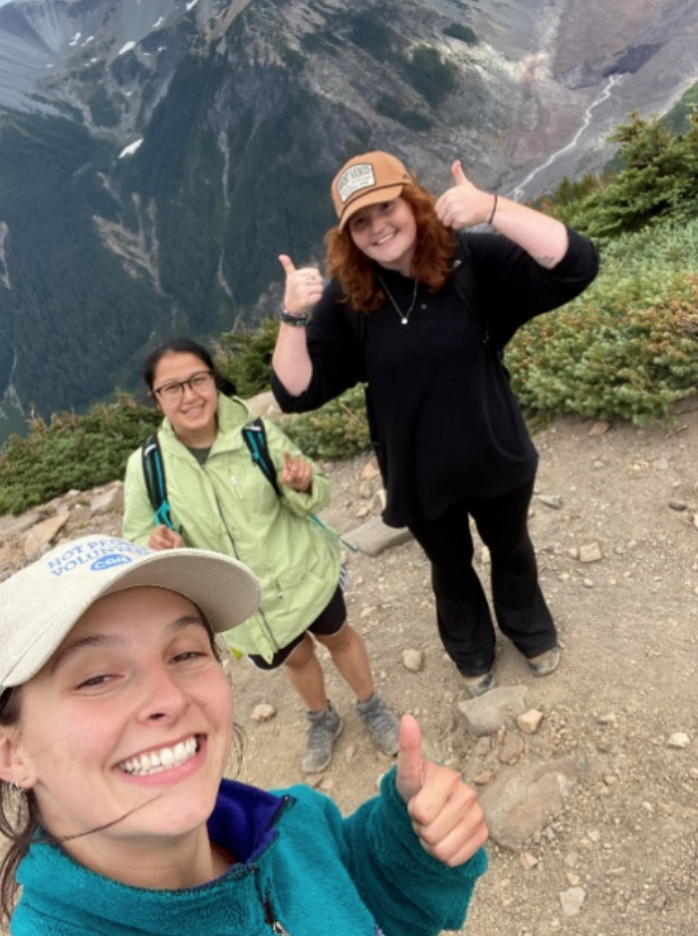


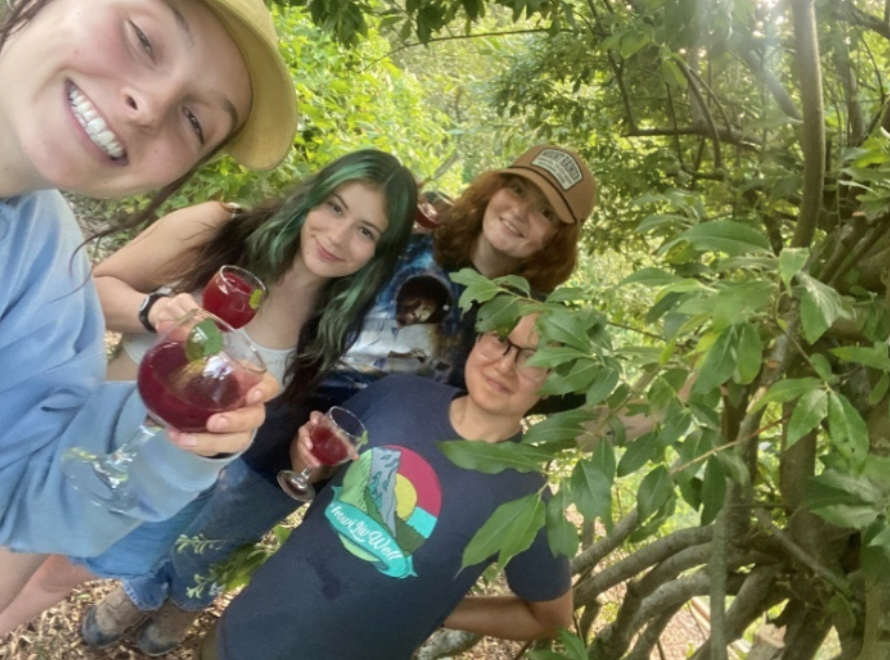
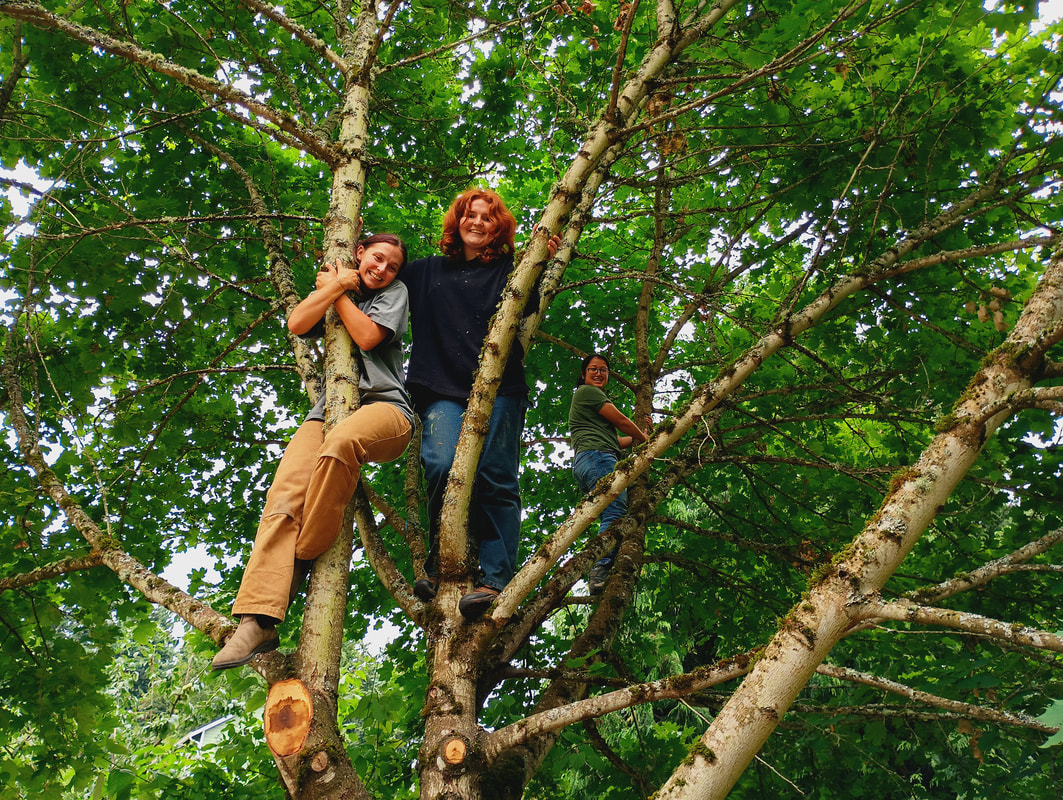
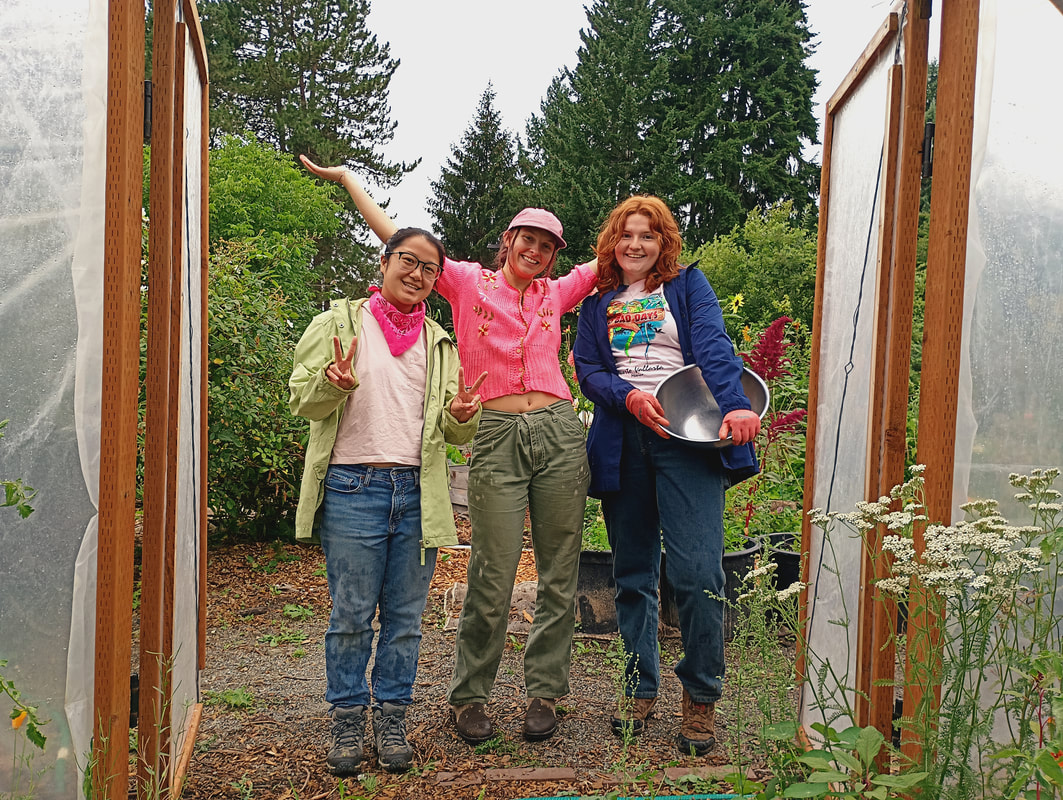
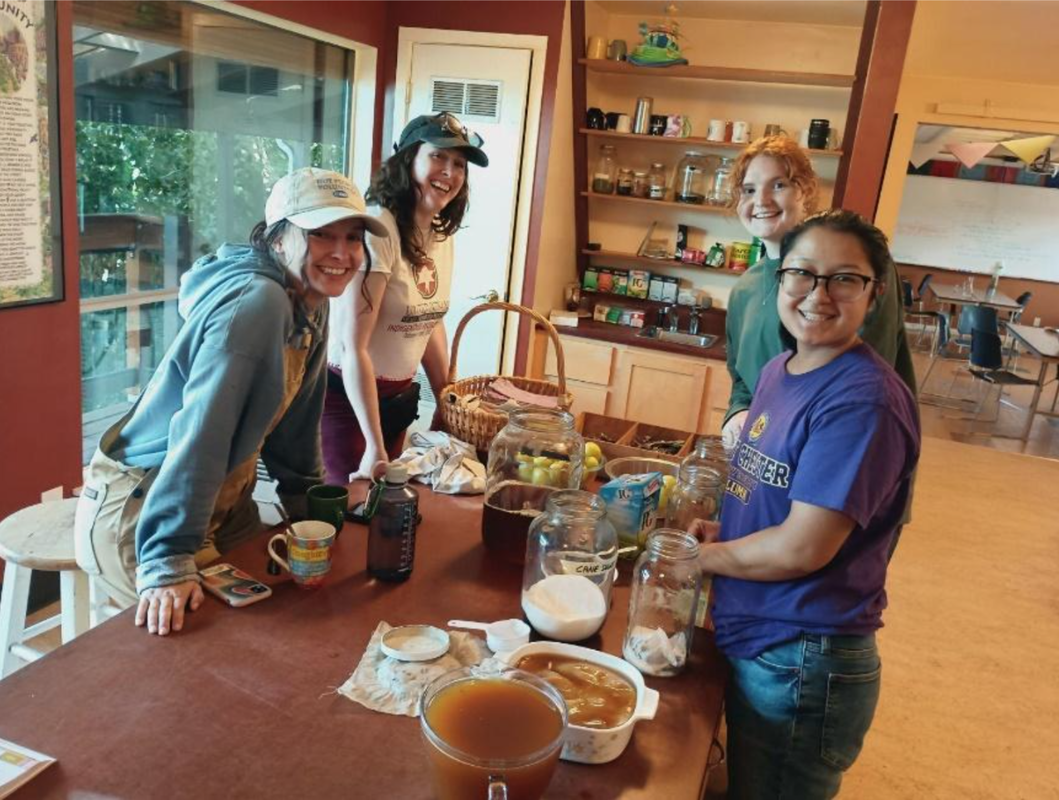
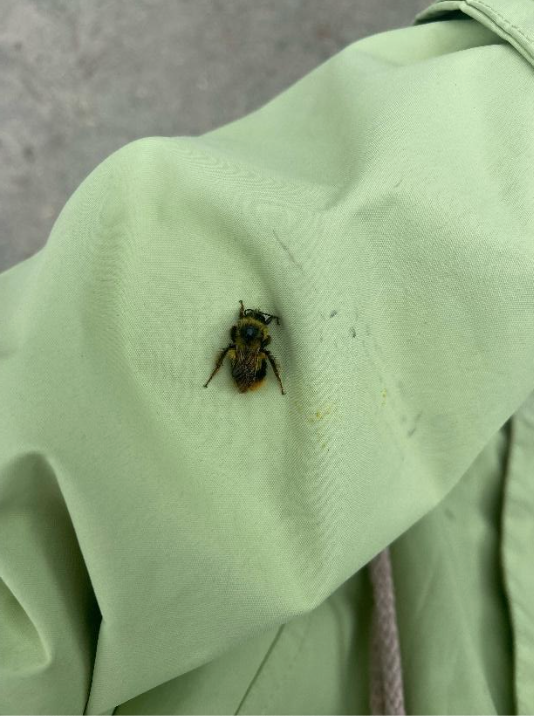
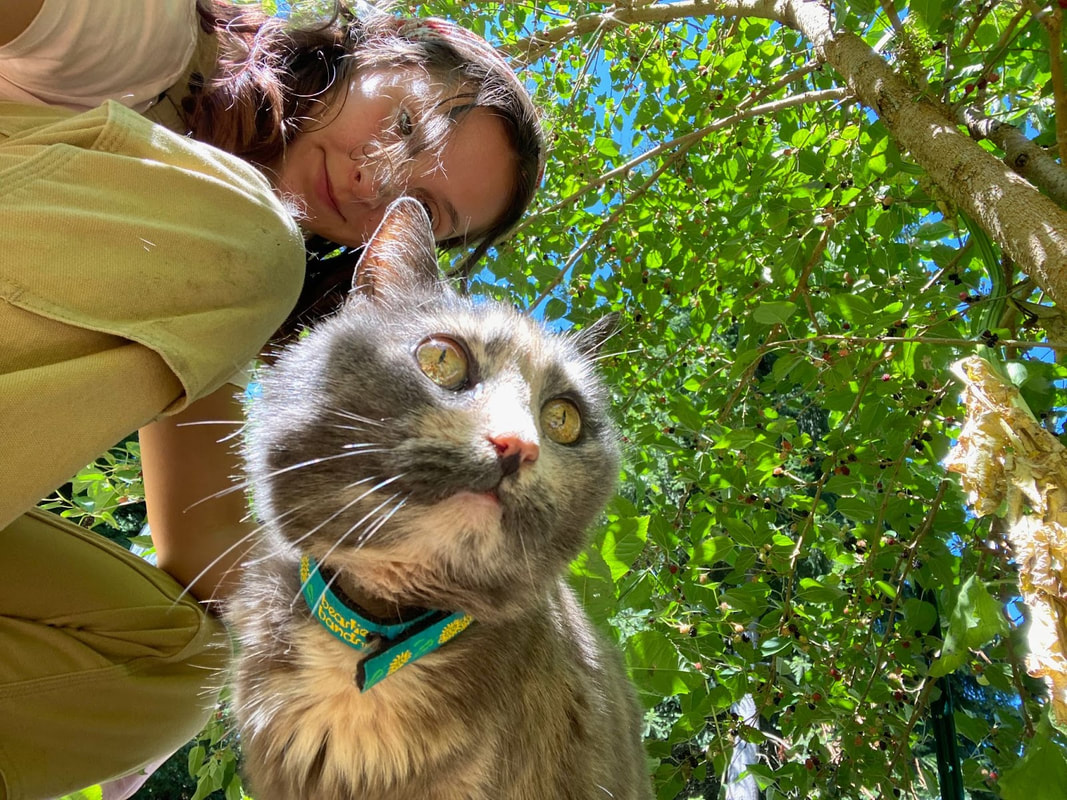
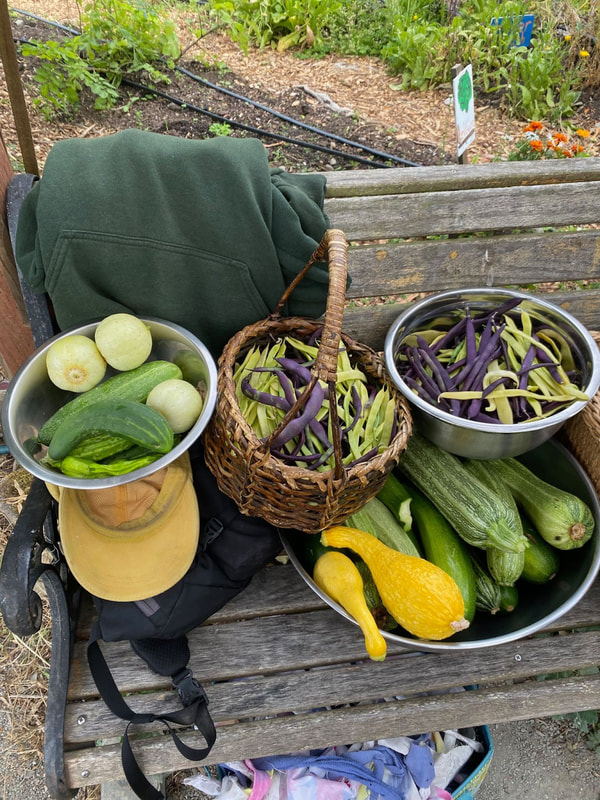
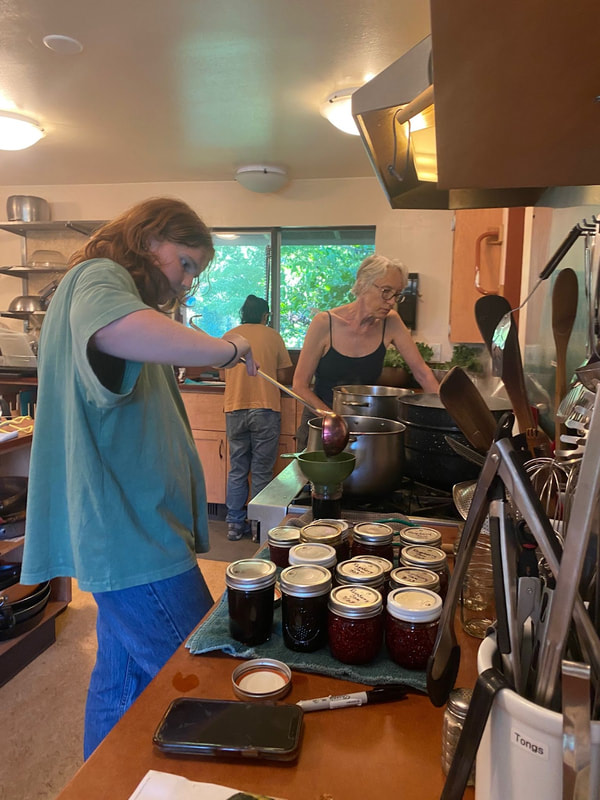
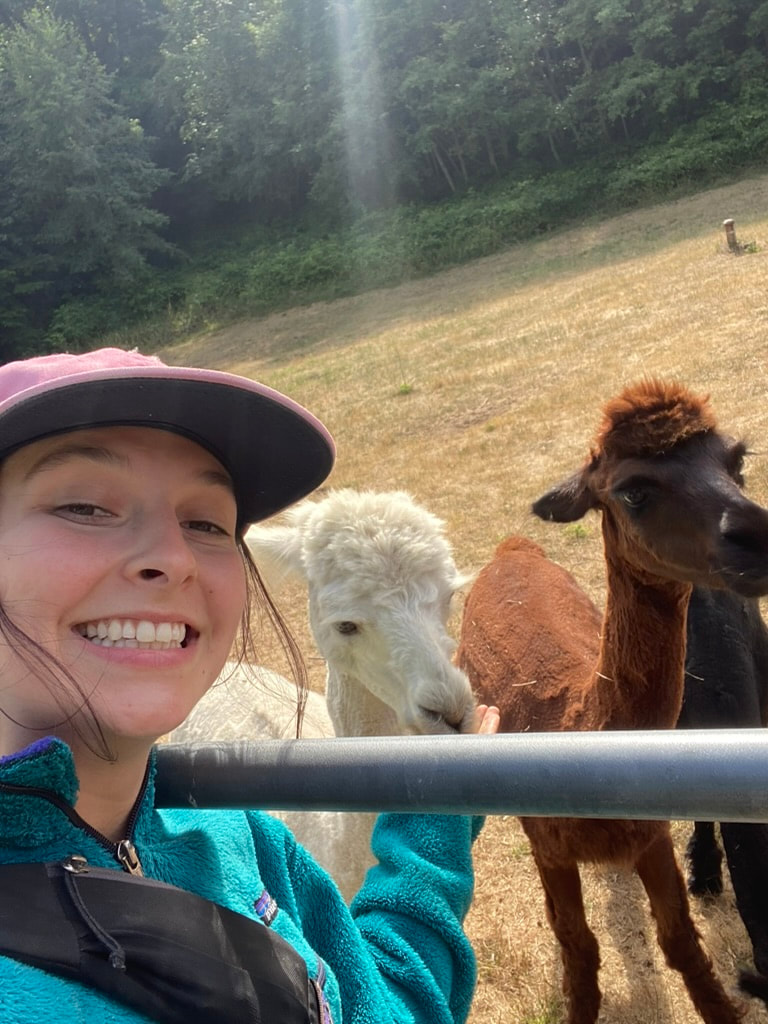
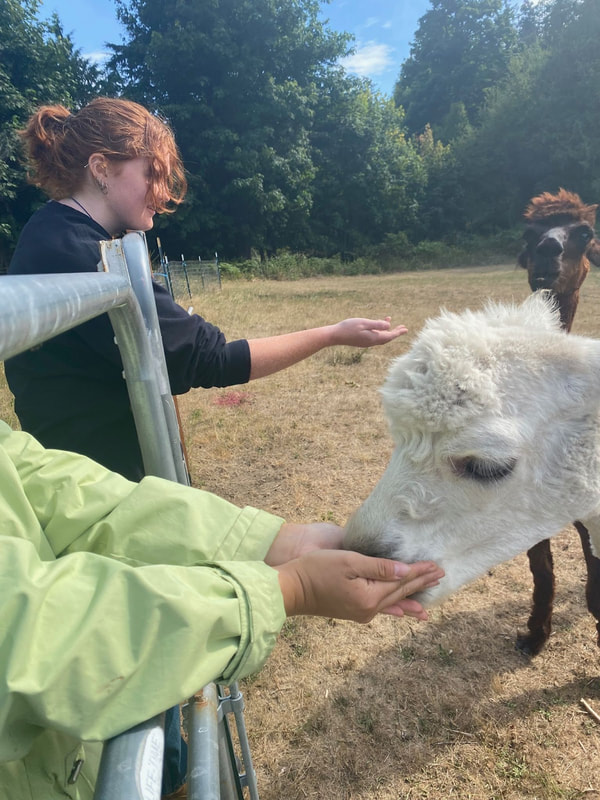
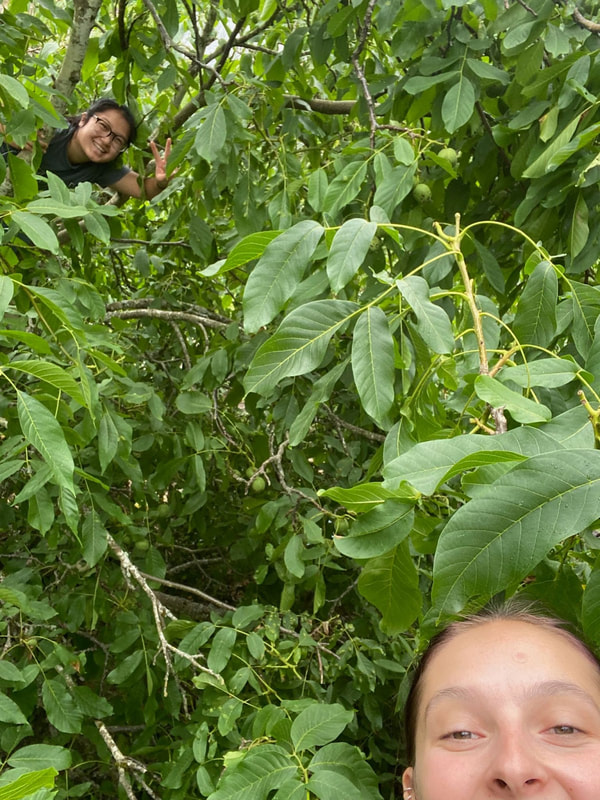
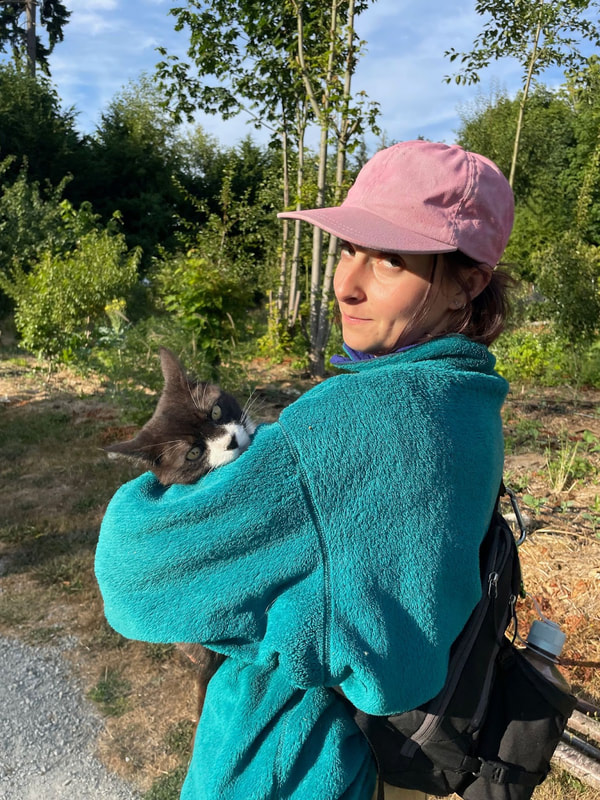

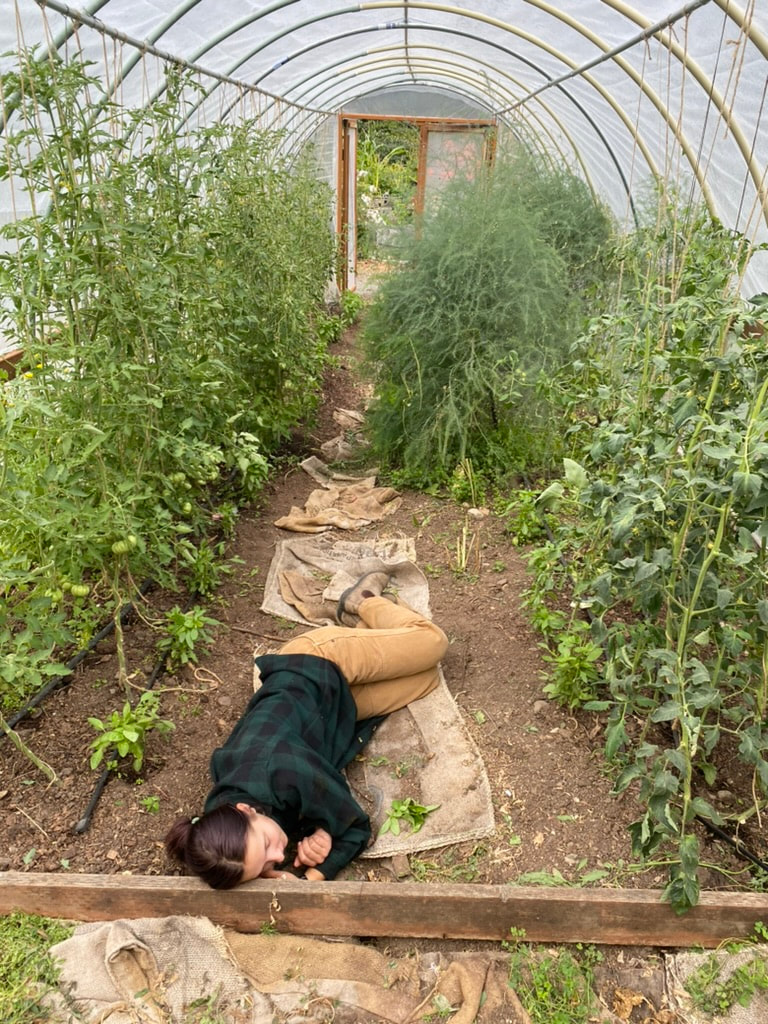
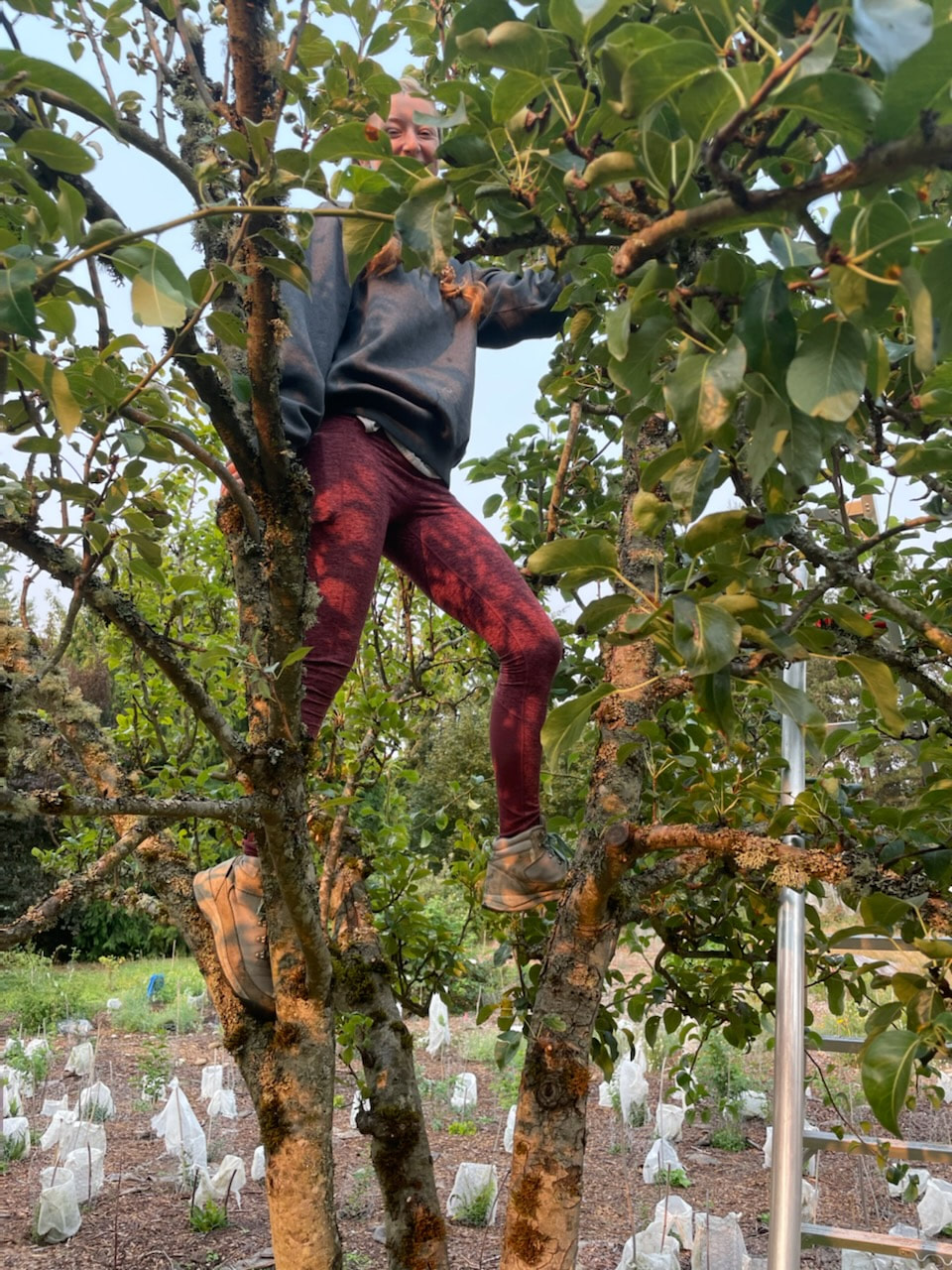
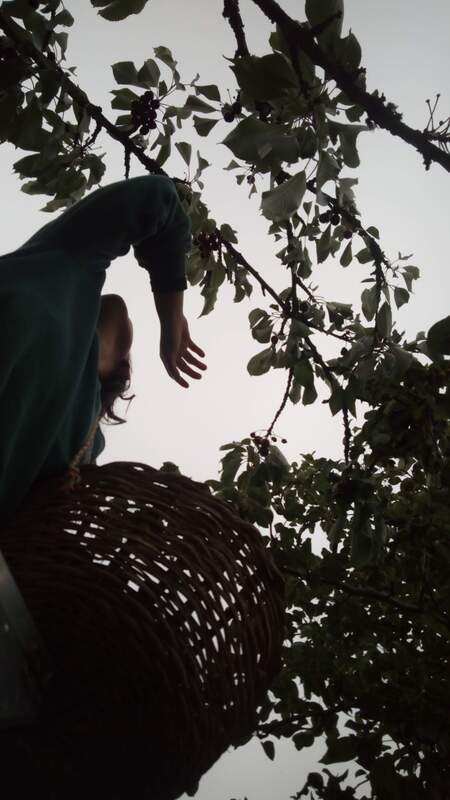
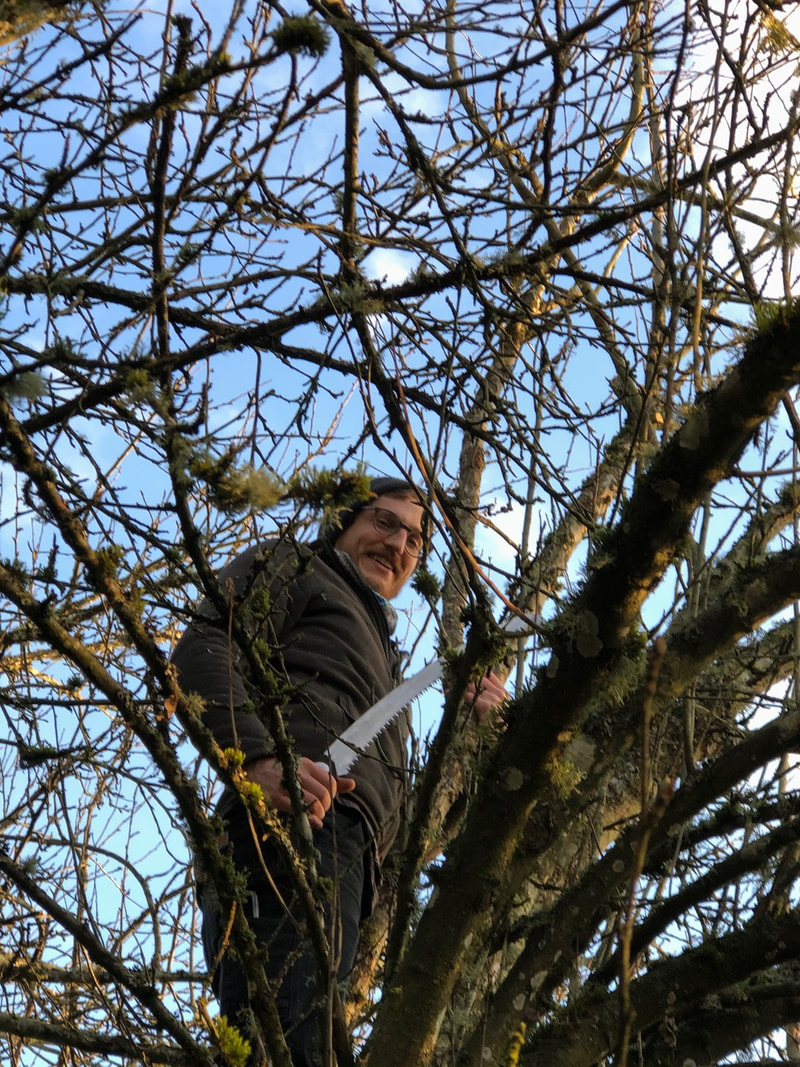
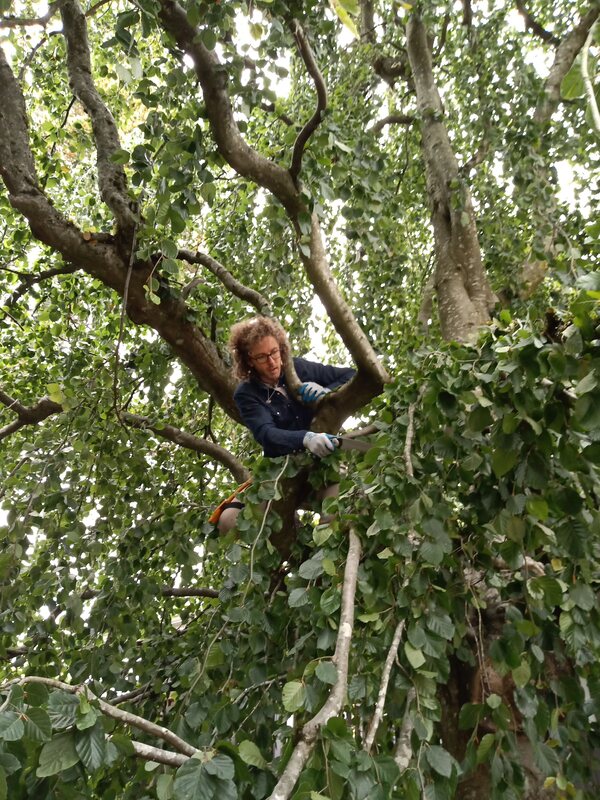
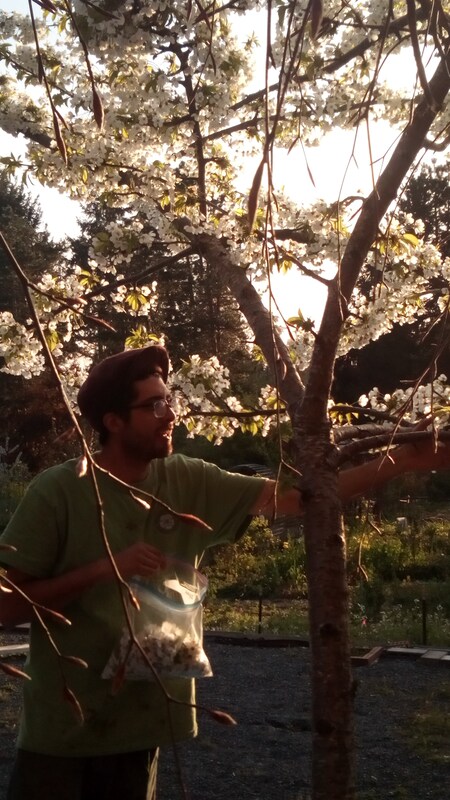
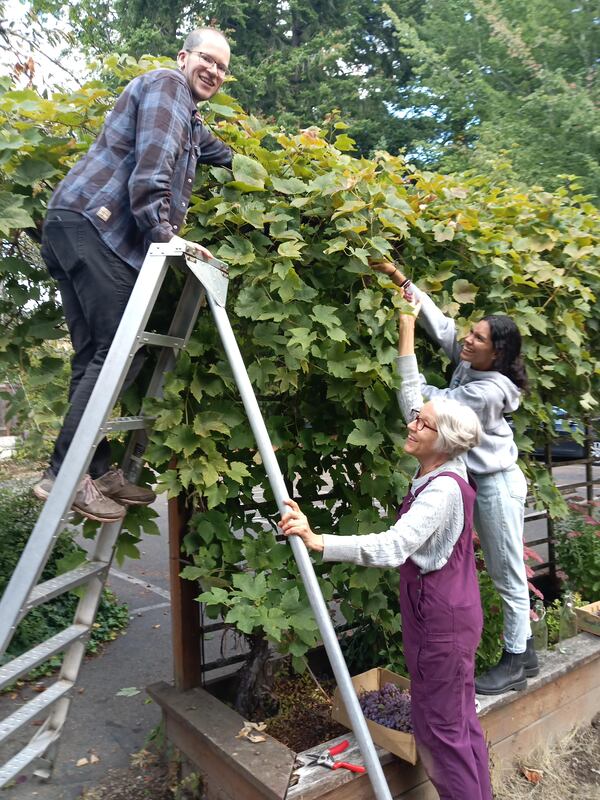

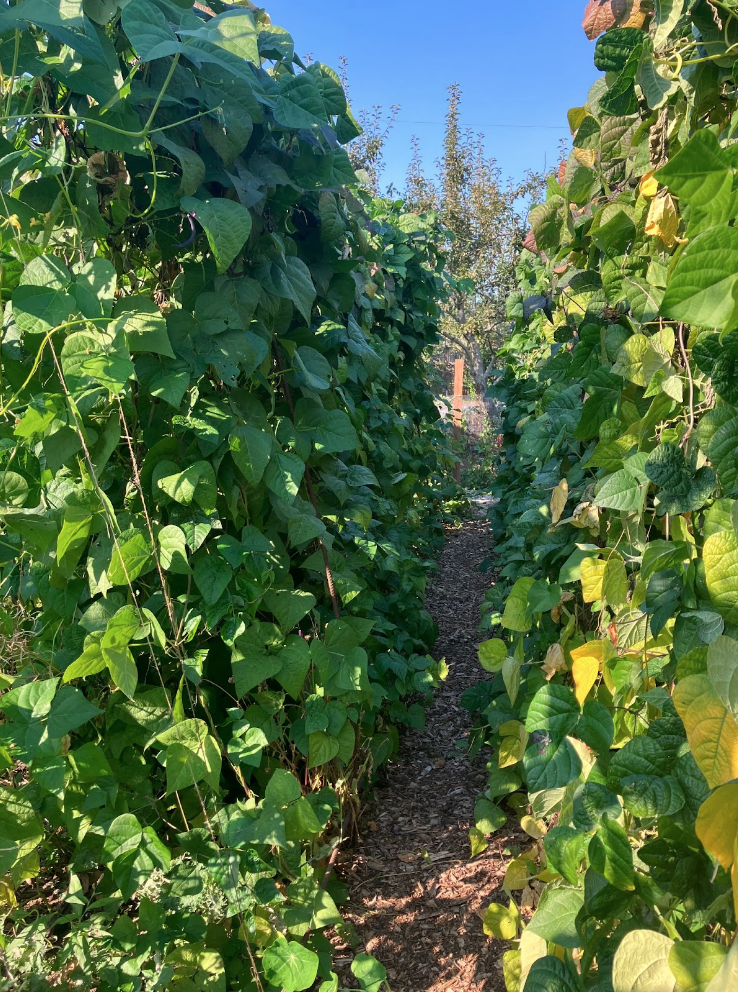
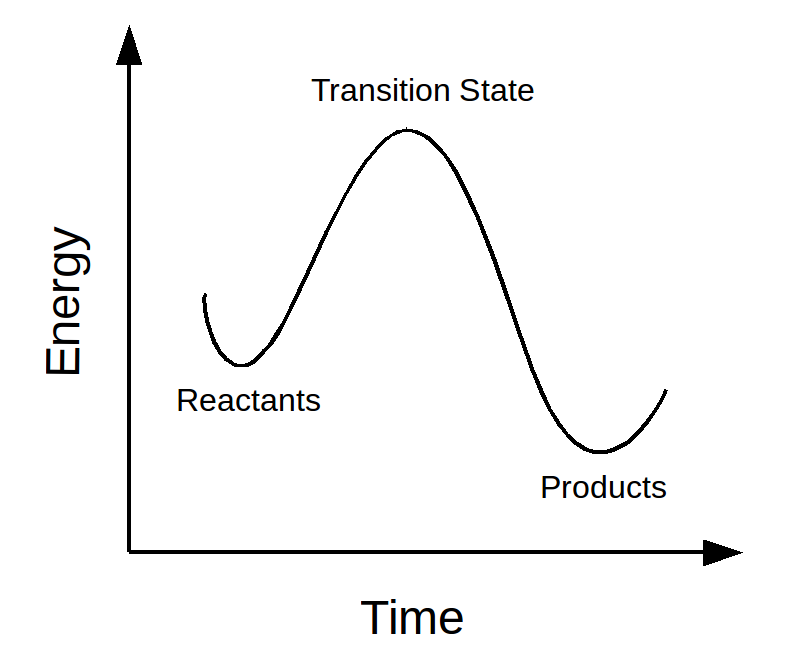
 RSS Feed
RSS Feed